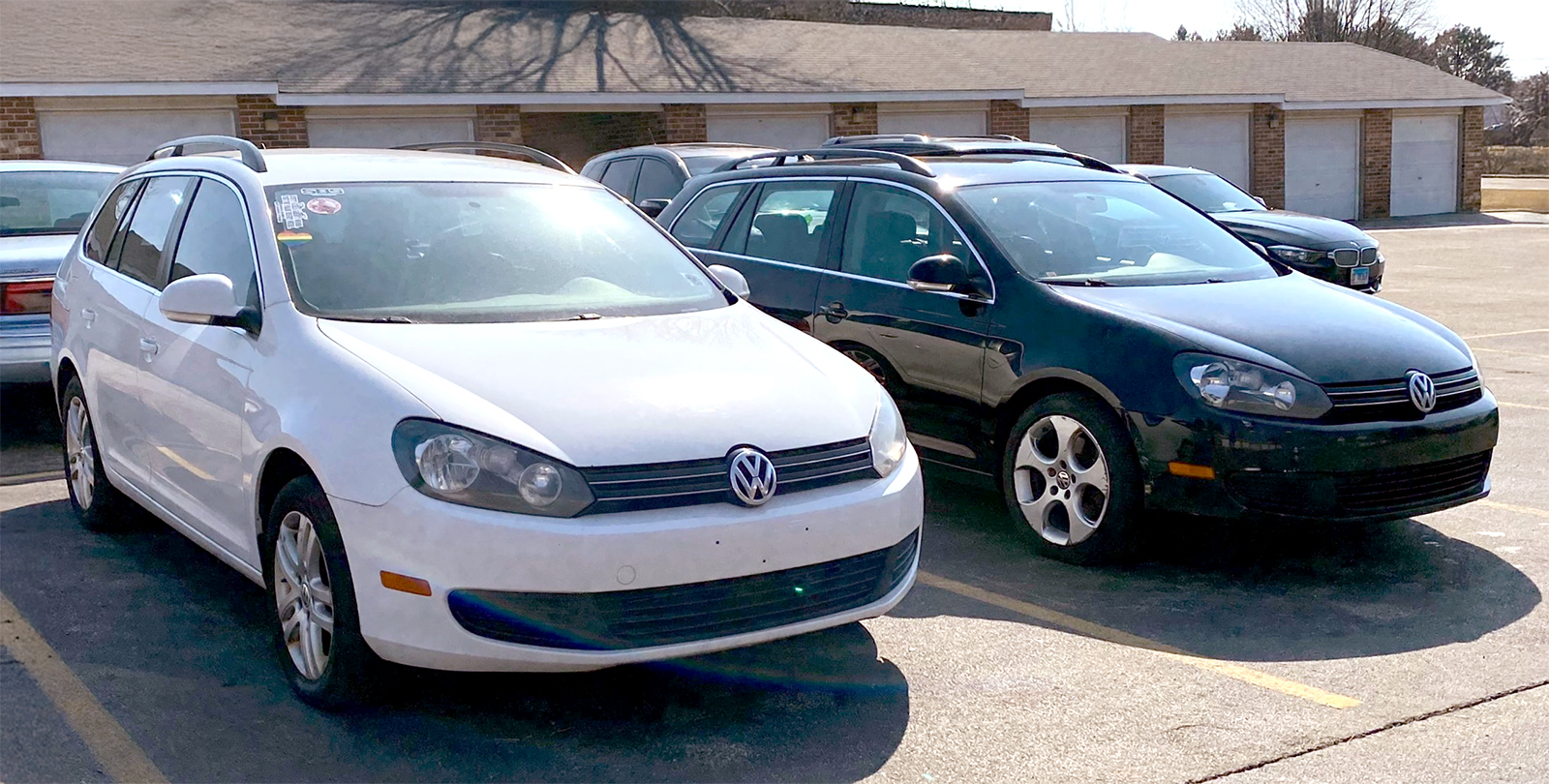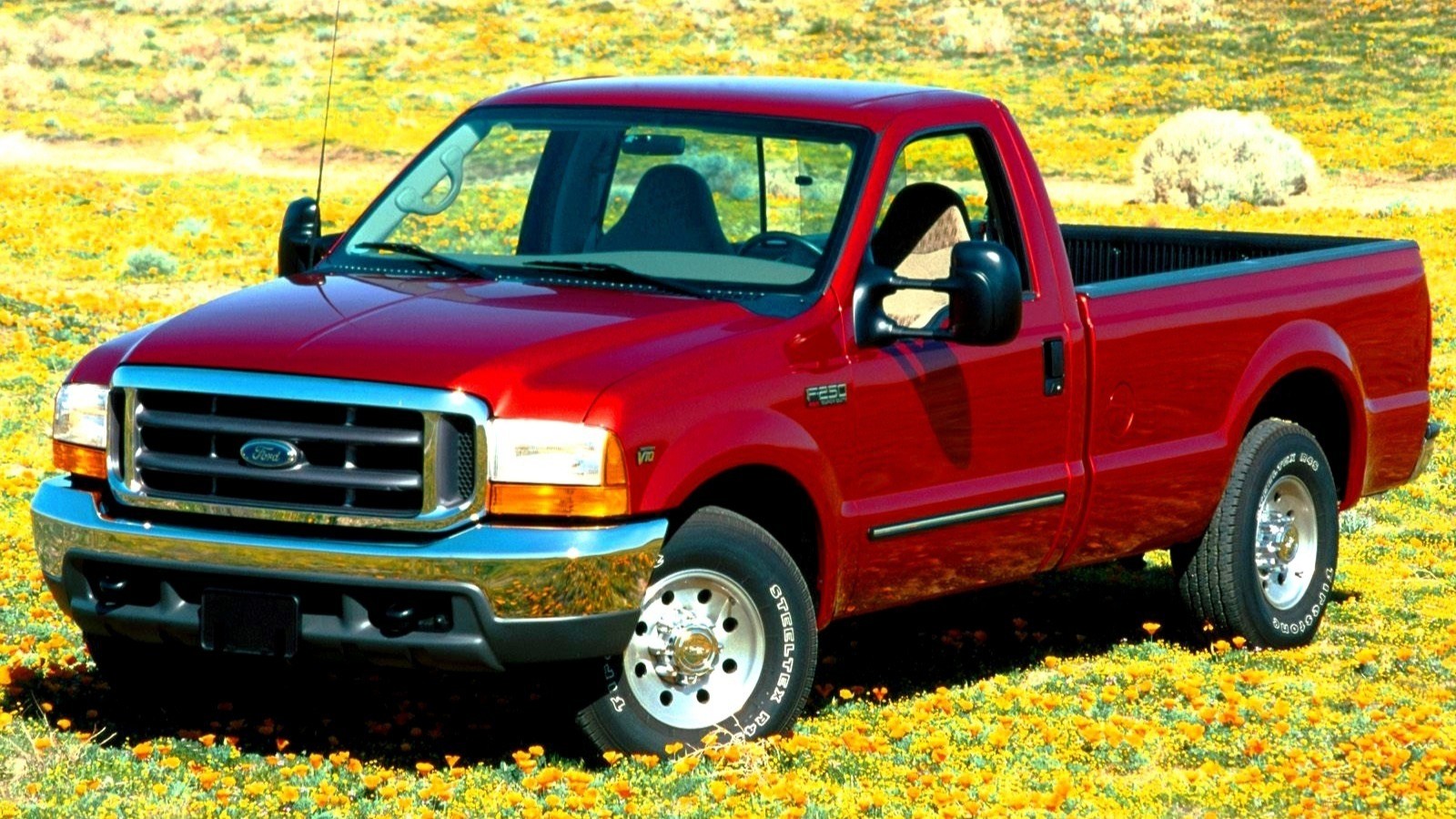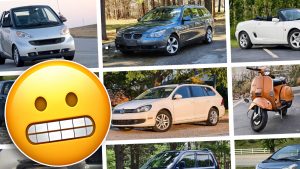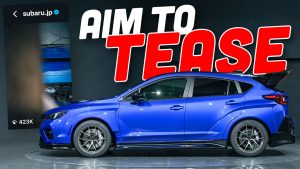The manual transmission is sometimes regarded as godlike in car culture. Enthusiasts who worship at the altar of the manual often believe that all vehicles are made better with a third pedal. Most of the time, I’m inclined to agree. There has yet to be a car that I’ve driven that was made worse with a shift-your-own-adventure transmission. But this cannot be the case for every car that has ever existed. Is there a car that was somehow made worse with a manual transmission?
Admittedly, this question was pretty hard for me to answer because I am a huge fan of manuals. My insane car-buying habits have meant that there were times in which I owned the automatic version and the manual version of the same car at the same time. Being able to compare both transmission options within minutes of each other is shocking.
In one of these cases, I owned a 2012 Volkswagen Jetta SportWagen TDI DSG and a 2010 Volkswagen Jetta SportWagen TDI six-speed manual at the same time. Both cars had the same options, the same engine, and the same interiors. The only difference was in color and gearbox. The 2012 was fine! VW’s DSG is lightning quick, and when it works right, it’s something that works smoothly in the background that you never have to think about.

On the other hand, the 2010, despite being pretty much the same car, felt far more engaging to drive just because of the change in transmission. It was awesome. I’ve even once gotten the chance to drive a Smart Fortwo with a real five-speed manual, and it was so good that I bet Smart haters would be complimenting the little city car.
But is that going to be the case with every vehicle?
I think if there’s a vehicle that maybe had been made worse with a manual transmission, it could be a heavy-duty pickup truck built in the past two decades or so. I’ve once driven an older manual Super Duty, and while it was so cool to row my own in a heavy work vehicle, the clutch was a heavy unit. I could imagine my left foot getting really tired rowing gears while towing a trailer, or inching the truck along in dense city traffic.

But I also get why old manual diesel trucks are legendary. Automatic truck transmissions often sucked back then, no matter which brand they came from, so a manual was pretty much the best shot at stellar longevity. Also, manuals are still really cool! But were these trucks actually better to drive? The last manual-equipped heavy-duty pickup in America was the Ram, and that hasn’t had a manual since 2018.
If I had to give a wild answer to this question, it would be a diesel-mechanical locomotive with a manual transmission, which is a thing!
Pete piping in real quick. I can’t recall if it was the vanilla-spec Ford Focus or Fiesta that I’m thinking of, but I test-drove both circa 2013, each with a stick as well as the automatics. One if not both of them (definitely the Focus, I think) was done no favors by its manual gearbox. The throws were long and imprecise, and it just didn’t feel good. On top of that, the ratios were wack. I recall a very low (numerically high) first gear, and then a huge jump to second, a minor tooth-change for third, and then a too-tall fourth gear and another short hop to the fuel-economy-optimized fifth gear. Or something like that – but for sure, it was a lot of extra work for no extra fun. The autos, on the other hand, seemed to have reasonable ratios and responded with crisp-enough shifts and hesitation-free downshifts when I matted the pedal. Not thrilling, but not frustrating.
How about you? Is there a car, truck, SUV, or other vehicle that was made worse with a manual transmission?
Top graphic image: Ford









I test drove the previous version of the ford ranger for my dad (the one sold outside of the USA) The 6-speed manual paired with the 3.2 5cylinder diesel was awful. You were always on the gears. One of the benefits of a manual diesel truck is that you can normally chug around town in 3rd and it would be happy. The ranger was up down up down constantly. The automatic was just nicer to drive. Conversely I tested a manual Mitsubishi triton and it was really nice. Didn’t bother with an auto.
Pete, the 2013 Focus Powershift automatic was known for being absolutely rough and terrible. Even if the manual sucked, it was almost certainly the better of the 2 choices.
That brings us to today’s question, and I can’t think of a single vehicle I would suggest.
Even driving a vehicle with a too heavy clutch uphill in stop and go traffic, I’ve never once thought to myself “I wish this thing had an automatic.”
From a lawn tractor to a minivan to a highway coach, I would take the manual every time.
I just love driving, that’s all.
Jeep JL and JT vehicles. Mostly because the clutch assembly has a bad habit of exploding at high RPM and breaking a lot of stuff in the process. Jeep had a stop-sale order on them for a while and are still struggling to get the recall done.
Something I have to sit in traffic in daily? – Auto
Something meant to actually go off road? – Auto
Something meant for towing? – Auto
Something just for fun? – Manual, but only if it’s not garbage to use.
As you get older and your knees aren’t what they used to be, the list above pivots.
Dodge Ram SRT-10. Hellaciously heavy and long clutch action, long throws, coupled with the necessary contortion to engage the starter. My back spasms just thinking about it.
Once at an old job of mine, I had a 2003 Mazda B2300 with a manual. It was miserable to drive. None of the gears felt like they were the right ratio. Later, at a different job, I had a 3 different Ford Rangers (an 05, 10, and 11) all with the same engine as the B2300, but with automatics. Man those things felt so much better to drive. They even felt peppier somehow. I hated that B2300 but loved my Rangers.
The Subaru Crosstrek manual makes you WANT a CVT—pretty bad.
The most surprising meh stick of all for me? Dodge Challenger manual. That car is better with its torque converted.